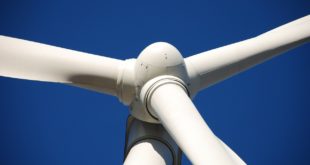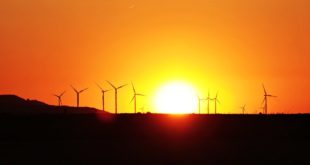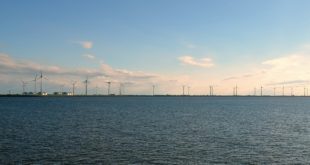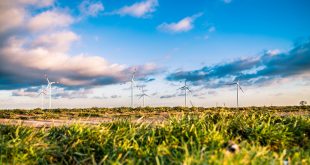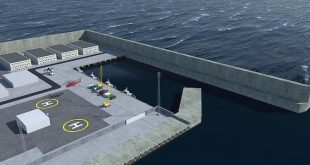Today’s most significant sources of power is the wind energy It is fueled by the wind, meaning it doesn’t pollute the air unlike power plants which depends on combustion of fossil fuels like natural gas and coal. Wind is formed by the heating of the atmosphere and the earth’s rotation, making it an inexhaustible and least expensive renewable energy source today. But is a wind powered home really a viable option?
With the current state of our environment today, now more than ever do we need to turn to using such renewable energies. Many residential homes mostly in farm lands and open fields installs their own wind turbines as source of energy
The first thing to consider in installing a wind turbine generator in your homes would obviously be the wind. Your area should nowhere be near tall buildings and structures, as it will have a pronounced effect on the wind turbines’ efficiency to deliver electricity According to American Wind Energy Association, it is best if the home is located on one acre or more due to the size of a small wind turbine. It should rise high enough above objects on the ground to lower wind turbulence With an average home requirement of 9,400 kilowatt-hours per year, a turbine should be rated 5 to 15 kilowatts.
Individual turbines vary in size and power output from a few hundred watts to two or three megawatt, the typical domestic system would be 1 – 6 kilowatts. Re-wiring is not necessary as it can be retrofitted in any home There are two basic types of home wind turbine : the horizontal and vertical axis. The more common horizontal axis needs to be aimed directly at the wind The vertical axis, although it can face any direction the wind is blowing requires more ground space than horizontal axis turbines.
Neighbors must also be considered when installing a wind turbine Inform them of your plan and keep the turbine away from neighboring houses as much as possible to avoid conflict.
As any other products, wind turbine generators have its advantages as well as disadvantages Other than providing a clean, limitless energy source, other advantages include low expenses. After equipment and installation expenses, wind turbines will last for about 20 years and requires very little maintenance This typically lowers electricity bill by 50 to 90 percent. A disadvantage however, is that the electricity generated at any one time by a wind turbine is highly dependent on the speed and direction of the wind. Wind energy cannot be stored with the use of batteries, thus may not meet timely electric needs. Users also listed that the noise produced by the motors as a disadvantage and that it interferes with TV receptions, but modern technology to day enables home turbines to make less noise than an average washing machine, and does not, in fact, affect TV signals. Coupled with solar power, a home wind turbine can really save you money and help save the environment at the same time.
Today’s most significant sources of power is the wind energy It is fueled by the wind, meaning it doesn’t pollute the air unlike power plants which depends on combustion of fossil fuels like natural gas and coal. Wind is formed by the heating of the atmosphere and the earth’s rotation, making it an inexhaustible and least expensive renewable energy source today.
 Alternative Energy HQ solar power for homes, wind energy, and bio fuel issues
Alternative Energy HQ solar power for homes, wind energy, and bio fuel issues

